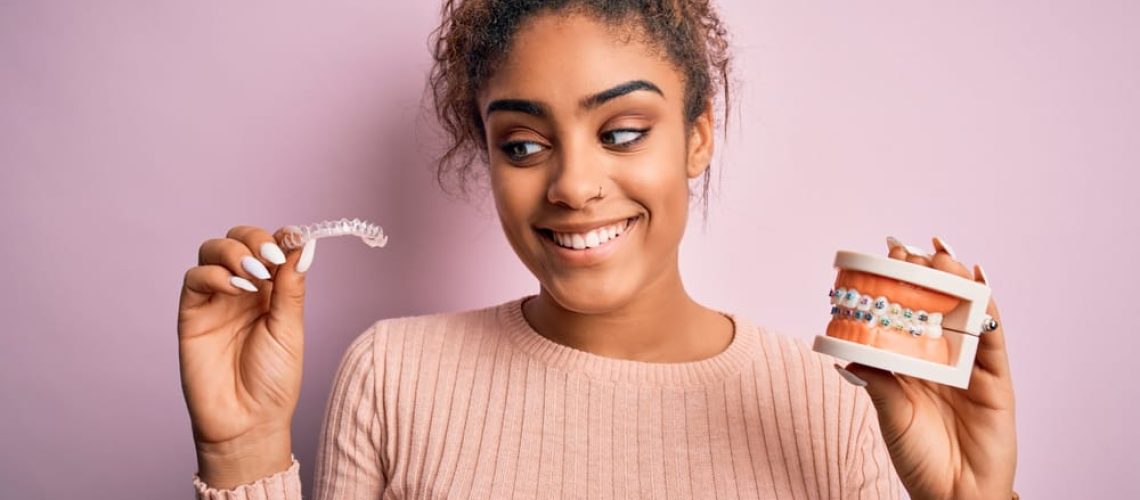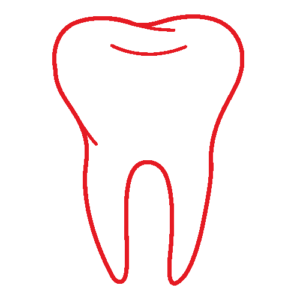You’ve put in a lot of effort to achieve that lovely smile; keep it up!
Finally, your braces have been removed, revealing a perfect, straight, and metal-free smile! Your orthodontic journey, however, isn’t yet complete. You’ll need to wear a retainer to protect and stabilise your performance and keep your smile looking great. To monitor or restrict possible changes in tooth location, retainers are needed. They’re used after braces treatment to keep teeth in their proper alignment as the gums, bone, and muscle around them adapt to the new location of your teeth.
Retainers come in a variety of shapes and sizes.
Retainers are made to order and can be either removable or permanent.A metal wire covers the front teeth and is fixed to an acrylic arch that lies in the roof of the mouth in traditional removable retainers. The metal wires may be changed as needed to complete treatment and continue slight front tooth movement.
Essix retainers, also known as aligner-style retainers, resemble simple aligners and are a more attractive alternative to wire retainers. This transparent retainer can be worn over your entire arch or only from canine to canine (clip-on retainer). It’s made from a composite of your straightened teeth.Wires bonded behind the bottom and/or top teeth make up fixed retainers. Although the system is normally only used for a year after wisdom teeth are removed, it is often left in place for the rest of one’s life.
Advantages and disadvantages
Removable retainers may be removed for eating and personal hygiene.
Removable retainers are easy to lose, so keep yours in the case if you take them out to eat or brush your teeth.
If you don’t want to keep track of your retainer or think about how many hours a day it needs to be worn, a fixed retainer is ideal.
Teeth with fixed retainers take a little extra care while flossing to avoid tartar buildup. Floss threaders are sometimes used by patients with fixed retainers to move dental floss into the narrow gaps between the retainer and the teeth.

